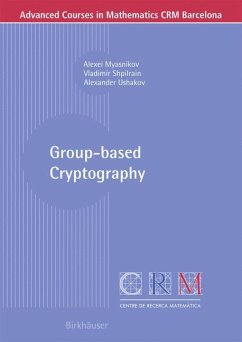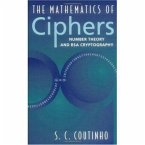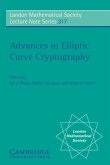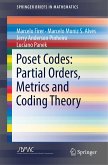This book is about relations between three different areas of mathematics and theoretical computer science: combinatorial group theory, cryptography, and complexity theory. It is explored how non-commutative (infinite) groups, which are typically studied in combinatorial group theory, can be used in public key cryptography. It is also shown that there is a remarkable feedback from cryptography to combinatorial group theory because some of the problems motivated by cryptography appear to be new to group theory, and they open many interesting research avenues within group theory.
Then, complexity theory, notably generic-case complexity of algorithms, is employed for cryptanalysis of various cryptographic protocols based on infinite groups, and the ideas and machinery from the theory of generic-case complexity are used to study asymptotically dominant properties of some infinite groups that have been applied in public key cryptography so far.
Its elementary exposition makes the book accessible to graduate as well as undergraduate students in mathematics or computer science.
Then, complexity theory, notably generic-case complexity of algorithms, is employed for cryptanalysis of various cryptographic protocols based on infinite groups, and the ideas and machinery from the theory of generic-case complexity are used to study asymptotically dominant properties of some infinite groups that have been applied in public key cryptography so far.
Its elementary exposition makes the book accessible to graduate as well as undergraduate students in mathematics or computer science.
From the reviews:
"The book at hand has the aim to introduce the reader into the rich world of group-based asymmetric encryption. ... The basics necessary for the understanding are given in introducing chapters. Many hints for further reading are given. So, the book might be useful for the beginner, who wants to get a clear introduction, as well as for the expert, who gets an elaborate survey as well as much stimulation for proceeding research." (Michael Wüstner, Zentralblatt MATH, Vol. 1248, 2012)
"The book at hand has the aim to introduce the reader into the rich world of group-based asymmetric encryption. ... The basics necessary for the understanding are given in introducing chapters. Many hints for further reading are given. So, the book might be useful for the beginner, who wants to get a clear introduction, as well as for the expert, who gets an elaborate survey as well as much stimulation for proceeding research." (Michael Wüstner, Zentralblatt MATH, Vol. 1248, 2012)









